Zoysia Grass Lawn: A Green, Low-Maintenance Solution
By Md Monirul Islam
Published: Nov 20, 2024
Share the post
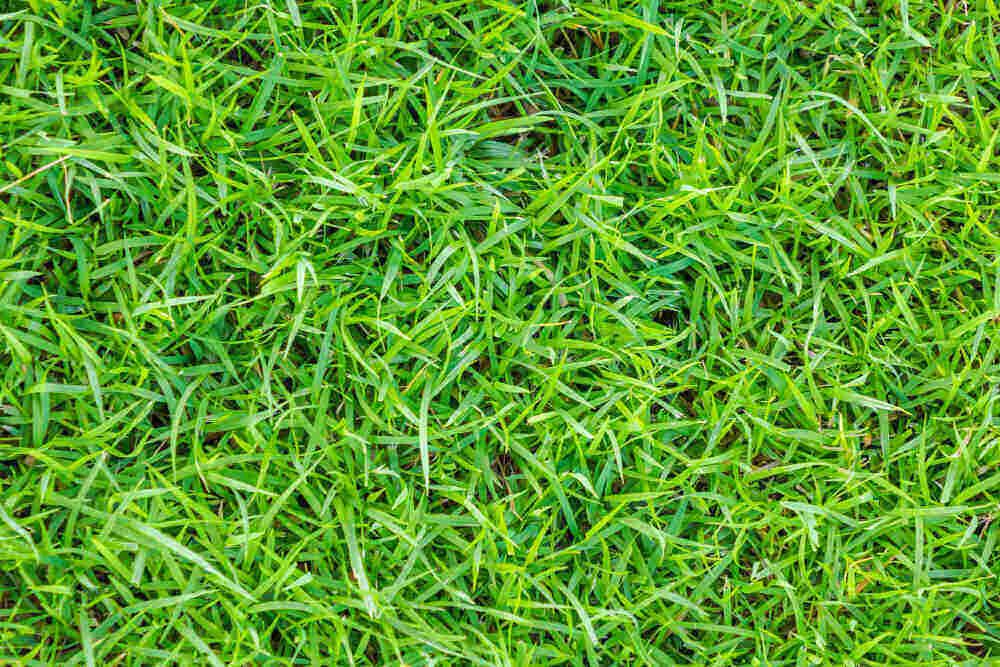
Table of contents
A zoysia grass lawn is a popular choice for homeowners seeking a lush, low-maintenance yard. Renowned for its dense growth, lawn zoysia naturally resists weeds and thrives in warm climates. Its exceptional drought tolerance and slow growth reduce watering and mowing needs, making it eco-friendly and cost-effective.
Additionally, zoysia grass adapts well to various soil types and provides a soft, durable surface ideal for outdoor activities. This versatile grass ensures a beautiful, resilient landscape year-round. To find out the best zoysia grass click here.
Botanical profile of zoysia grass
| Attribute | Details |
|---|---|
| Common name | Zoysia grass |
| Botanical name | Zoysia spp. |
| Family | Poaceae |
| Plant type | Perennial |
| Mature size | 4–6 inches tall |
| Sun exposure | Full |
| Soil type | Well-drained |
| Soil pH | Acidic to neutral |
| Hardiness zones | 5–10 (USDA) |
| Native area | Korea |
| Growth habit | Low, dense, and spreading |
| Drought tolerance | High |
| Maintenance level | Low; requires less mowing and fertilization |
| Primary uses | Lawns, golf courses, and sports fields |
| Pest resistance | Naturally resistant to most lawn pests |
| Common varieties | Zoysia japonica, Zoysia matrella, Zoysia tenuifolia |
Zoysia grass lawn care: A comprehensive guide

Soil type
Lawn zoysia grass thrives in well-drained soil with a pH of 6.0–7.0. Aerating compacted soil and adding organic matter improves drainage, nutrient retention, and root growth. Proper preparation ensures healthy establishment. To find out the best soil monitoring equipment, click here.
Water needs
Once established, zoysia grass is drought-tolerant and requires approximately 1 inch of water per week. It may go dormant during drought but recovers with sufficient water. Water deeply and infrequently to promote strong roots and avoid overwatering, which can cause fungal issues.
Fertilizer requirements
Zoysia grass has low fertilizer needs. Apply a balanced fertilizer (e.g., 10-10-10) once or twice a year in spring and midsummer. Perform a soil test, avoid over-fertilizing, and use slow-release fertilizers for the best results. To find out the best fertilizer for your lawn, click here.
Maintenance level
Zoysia grass is low-maintenance, requiring mowing every two weeks during the growing season at 1–2 inches. Aerate annually to prevent compaction and remove thatch buildup to maintain healthy growth.
Pest resistance
Zoysia grass is naturally resistant to pests like chinch bugs and grubs, and its dense growth prevents weeds. However, fungal diseases like the brown patch may occur in moist or shaded areas. Proper mowing, watering, and aeration can reduce these risks.
Zoysia grass lawn: types, features, and versatile uses
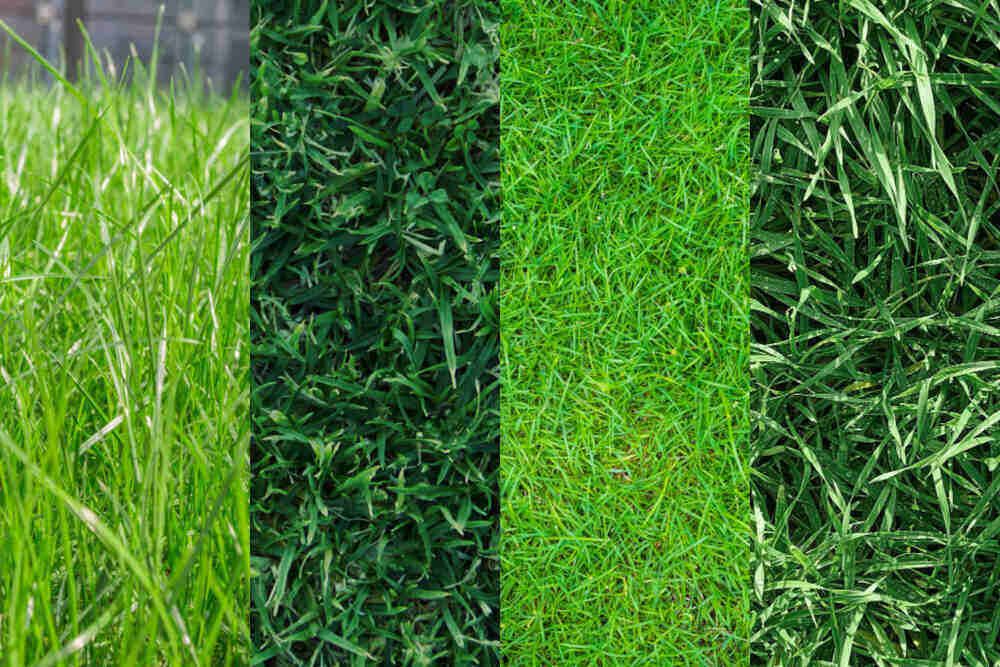
Plant type
Lawn zoysia grass, a warm-season perennial in the Poaceae family, spreads via stolons and rhizomes, forming thick, weed-resistant turf. Its slow growth reduces mowing needs, and it thrives in full sun and moderate shade. To find out the best zoysia grass click here.
Common varieties
Several varieties of Zoysia grass cater to different climates and preferences:
Zoysia japonica: Cold-tolerant and coarse-textured, suitable for cooler regions.
Zoysia matrella: Features fine blades and thrives in warm climates. Zoysia tenuifolia is well-known for its fine texture and its use in ornamental landscaping.
Primary uses
Zoysia grass serves multiple purposes due to its durability and aesthetic appeal.
Residential lawns: Ideal for creating lush, weed-resistant lawns.
Golf: Golf courses use fairways and tee boxes due to their low maintenance and durability.
Sports fields: Handles moderate to heavy foot traffic with ease.
Erosion control: The dense root system stabilizes soil in sloped areas.
Essential tips and key points for zoysia grass care

Sunlight and soil: Thrives in full sun, tolerates moderate shade, and prefers well-drained soil with a pH of 6.0–7.0.
Watering: Water deeply 1–2 times per week to encourage strong roots; avoid overwatering to prevent fungal diseases.
Fertilization: Apply slow-release fertilizer in spring and midsummer, based on soil test results.
Mowing and maintenance: Mow at 1–2 inches with sharp blades, dethatch every 2–3 years, and aerate to improve soil health.
Weed and pest resistance: Naturally suppresses weeds and resists most pests; use pre-emergent herbicides as needed.
Common pests, diseases, and recovery tips for zoysia grass
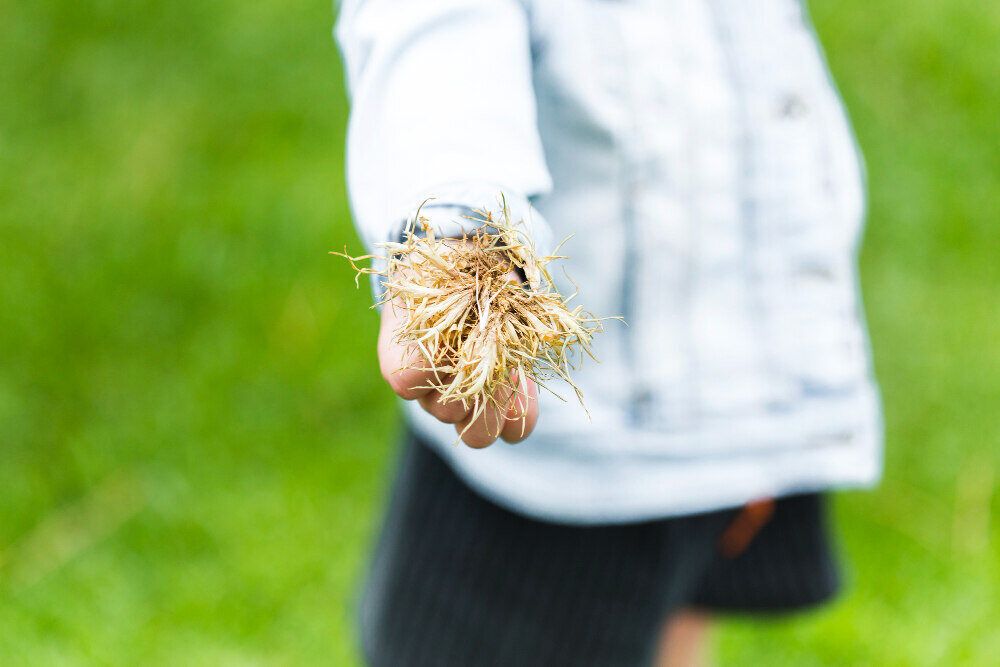
Brown patch disease
Cause: Fungal growth in warm, humid, and overwatered conditions.
Recovery: Reduce watering, improve drainage, and apply a fungicide.
Dollar spot
Cause: Fungus is caused by low nitrogen and excess moisture.
Recovery: Apply nitrogen fertilizer and improve airflow by aerating.
Zoysia patch
Cause: Fungal infection in cool, wet conditions.
Recovery: Water deeply, aerate, and apply fungicide during early fall or spring.
Chinch bugs
Cause: Insects that suck sap from grass.
Recovery: Apply insecticide and avoid over-fertilizing.
Grubs
Cause: Beetle larvae feeding on grass roots.
Recovery: Use grub control products and water thoroughly.
You can use these products for pest control in your lawn.
Mowing and seeding zoysia grass
During the growing season, mow zoysia grass regularly, ideally every 1-2 weeks, to maintain a height of 1-2 inches. This encourages dense growth and minimizes thatch buildup. It's important to keep mower blades sharp to prevent tearing the grass, which can damage the lawn. zoysia grass grows slowly, so avoiding excessive mowing will help maintain its health.
The best time to plant zoysia is in late spring or early summer when temperatures are consistently warm (above 70°F). You can establish zoysia using sod, plugs, or seeds. Spread the seeds evenly on well-prepared, well-drained soil, as zoysia requires adequate soil contact for successful germination. Because zoysia has a slow growth rate, it may take several weeks for the grass to fully establish and spread.
FAQs for zoysia grass gare
How frequently should I water zoysia grass?
To promote deep root growth and drought resistance, water zoysia grass deeply once or twice a week, including rainfall, with approximately 1 inch of water.
When is it best to plant zoysia grass?
The best time to plant zoysia is in late spring or early summer, when soil temperatures are consistently over 70°F, which promotes germination and growth.
How can I prevent the buildup of thatch in zoysia grass?
Dethatching the grass every 2-3 years and aerating it once a year will help to promote ventilation and soil health.
What is the best mowing height for zoysia grass?
To encourage healthy turf, keep the mowing height between 1-2 inches and mow every 1-2 weeks during the growing season with sharp blades.
How can I protect my zoysia grass from illnesses like the brown patch?
To prevent illnesses, avoid overwatering, fertilize according to soil testing, and increase airflow by aerating and pruning surrounding plants.
Zoysia grass is a durable, low-maintenance option for lawns, thriving with proper mowing, watering, and fertilization. Its pest resistance, drought tolerance, and adaptability make it ideal for various uses, from residential lawns to erosion control.
Related Posts

Outdoor Decor and Garden Decor for Beautiful Outdoor Spaces
Transform your outdoor space with stunning outdoor decor and garden decor. Explore creative ideas to enhance your patio, garden, or backyard with elegant furnishings and accessories.
By Md Monirul Islam
Published: Nov 8, 2024
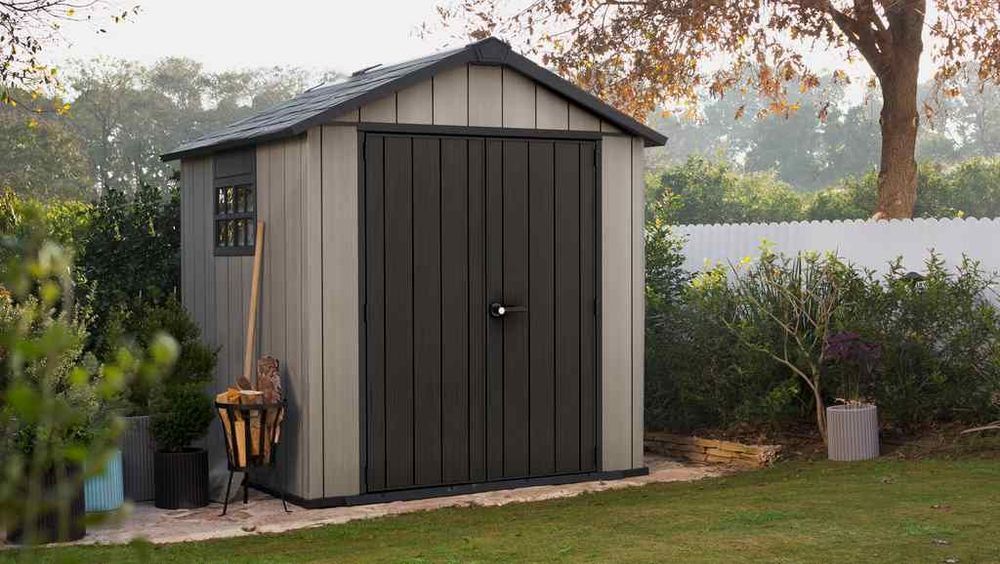
Top Outdoor Sheds and Storage for Organized Yards
Investing in outdoor storage solutions like sheds and cabinets helps declutter and protect items from the elements. Top recommendations include the Waterproof Outdoor Storage Box, Large Deck Box, Outdoor Resin Storage Shed with Floor, and Garage Organizers. Choose based on space needs, durability, setup ease, and reviews to maximize your outdoor space efficiently.
By Md Monirul Islam
Published: Nov 4, 2024
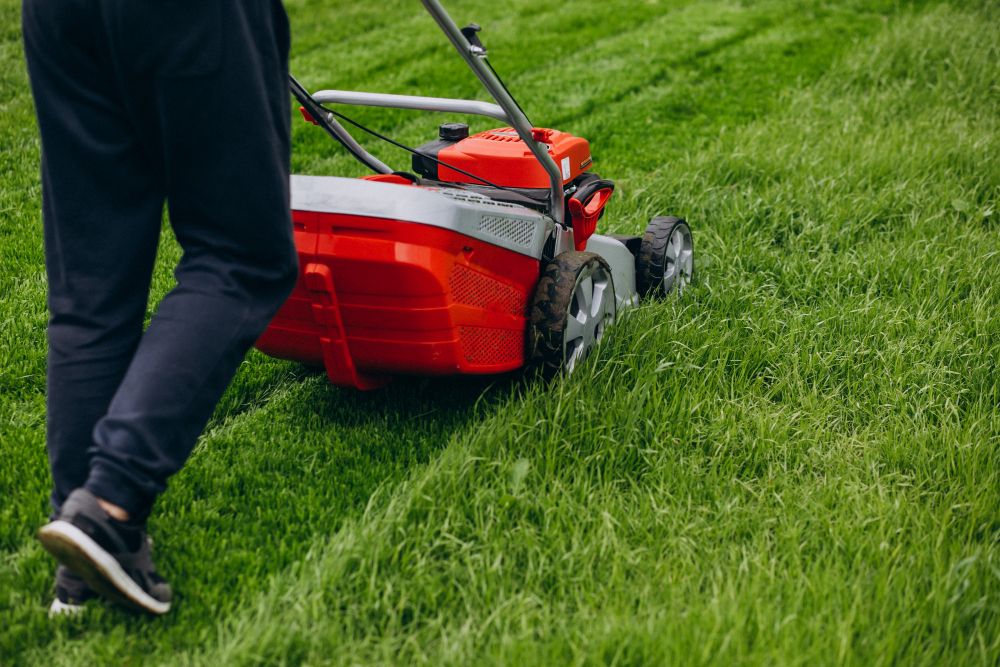
How often lawn mowing is needed to keep the grass healthy?
Understanding how often lawn mowing is necessary can transform your yard into a lush, green oasis. This guide provides expert insights on maintaining a healthy lawn, including tips on yard leveling and preventing yellowing grass. It also recommends essential tools and products to ensure your lawn stays vibrant throughout the year.
By Md Monirul Islam
Published: Nov 8, 2024

DIY Lawn Mower Repair: Step-by-Step Instructions
Learn DIY lawn mower repair with our step-by-step guide. Troubleshoot common lawn mower problems, repair mower belts and decks, and maintain your mower for peak performance. Perfect for riding lawn mower repair and troubleshooting.
By Zakir Hossain
Published: Dec 3, 2024